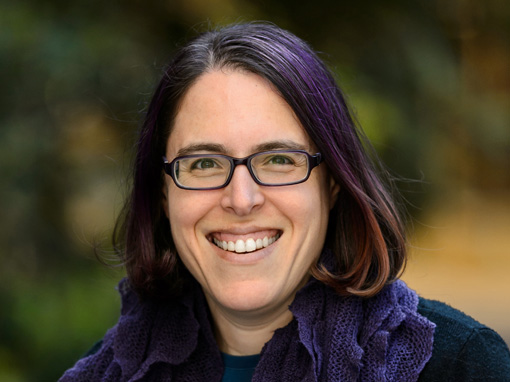This is a question near and dear to me. I have been involved with Amnesty International for many, many years, writing letters from a young age, volunteering during my undergraduate degree, writing articles for the newsletter as a freelancer and more recently being a financial supporter with a monthly donation.
One of my life goals is to work for Amnesty International or in some capacity in the Hague on International Justice.
The various human rights declarations — from the liberal rhetoric of the 18th century, such as that found in the United States constitution to the more complex argument raised in the International Convention on Economic, Social and Cultural Rights — always make me a little teary and hopeful.
Yet I am keenly aware of their shortcomings, most noticeably their focus on public life at the expense of private considerations. Here we see the consequences of the public/private divide we discussed last week.
Thanks to Eleanor Roosevelt, the UN Declarations of Human Rights of 1945 and 1948 have equality for men and women inscribed in them. However, it remains an equality relating to rights that do not apply to most women’s lives given the current state of inequality in the patriarchal systems we exist in at present.
When read simply, the generic statements of rights are broadly applicable and seem wonderful. However, as further defined, the right to life, for example, relates to the right to free enjoyment of life and liberty from governmental interference and arbitrary arrest by the state. Likewise, the right to freedom from torture explicitly defines torture as by a government or official representative of such. This explicitly excludes kidnap, rape, torture, forced marriage and so on, which are common experiences of women, because they are frequently at the hands of men who are acting as individuals and may be their fathers, husbands or brothers. These kinds of crimes are perceived to belong to the domestic sphere and therefore to be national, not international, concerns. The difficult spectre of cultural sensitivity is raised to argue for non-interference and the third-generational rights to “self-determination†for cultures is sometimes invoked.
The question, if we believe that all people should enjoy a right to life and a life free from torture, is how to achieve that, how to argue for those issues to be included in international issues? At this stage, the response has been to establish the Commission on the Elimination of Discrimination Against Women, the only committee with an all-female membership (the others, mostly 18 strong, have between zero and three female members). It is also the only committee to have had an official complaint registered about its gender balance.
As far as I’m concerned, the problem with that is that it hives women’s issues off to a separate area and allows the continued ignorance of women’s issues in “mainstream†human rights discussions.
The next question is: If women’s rights are not international issues, then how can we address them on a global scale? How do we cooperate globally to achieve local goals?
One answer, from Hilary Charlesworth, is to focus on ‘solidarity in difference’ (which sounds a little like what I was suggesting in my thesis) and to stop viewing economic justice issues as separate from human rights/social justice issues. This implies a coalition between feminists and anti-capitalists that could get quite interesting. Her suggestion was in the 90s; I believe that to some extent, the radical global activism of the post-Seattle 1999 resistance has indeed formed such a loose coalition.
I think what I will do for this tutorial is to get the students into small groups and have them come up with three specific strategies to advance women’s interests through human rights activism and the first steps needed to implement them.
